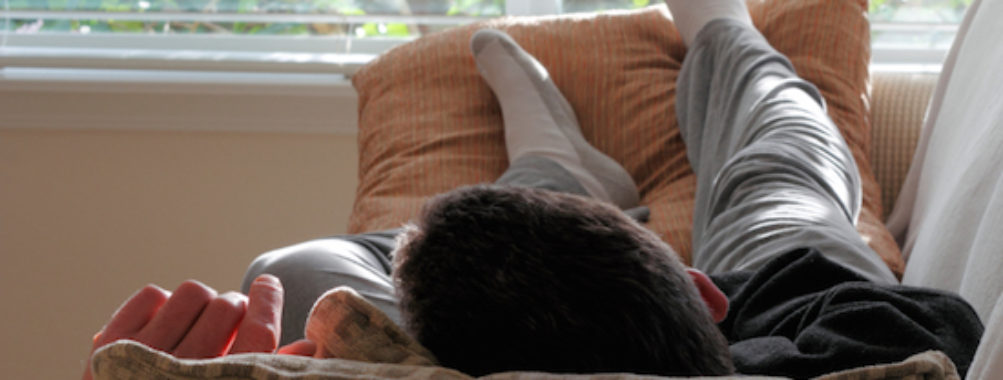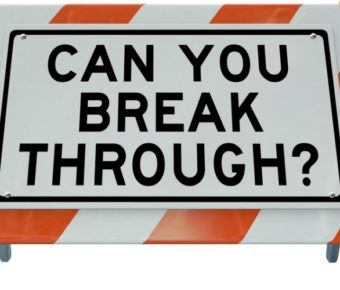
BG-16: In The Beginning…
IN THE BEGINNING….
If you are new to working out, or it has been a while, one thing to remember is that consistency is important, but not giving up is paramount. In the beginning of any workout program, regardless of workout experience, people all-too-often stop, giving up way too soon because they “aren’t seeing any changes” fast enough. However, just because you don’t see the changes happening, as quickly as you would like, doesn’t mean that changes aren’t happening.
Any time any one start or get back into a working out, changes immediately start taking place, starting on day one. Everything from the workout mindset to blood pressure adjustments on up to an increased activation of the digestive system start to kick in, and on up to, of course muscle activation, just to name a few.
But before your goals of standing in the mirror and seeing a slimmer, more fit you, something else has to take place, which also starts on day one and goes on forever (or until you quit – whichever comes first). This something is something that you will never see happening and is something that HAS TO take place before any muscle can respond to any work that you do and before any cardiovascular conditioning can be improved. In fact, for the first 2-3 weeks (or more) of starting any program it is this that you are (unintentionally) working on.
This something is something that always happens behind the scenes, works harder than any muscle you will ever work, works even when you are at rest, and is something that you will never actually see working but will noticed that it has been worked.
Our neurological system is the most amazing system that we have. It is because of our neurological system that any other system is able to do anything. When it comes to fitness training it is no different. Most people give all the credit to one’s gains to the muscular system, because that is what they can see when they look in the mirror if they stay at it long enough. However, what we are able to see when we look in the mirror – or what others are able to see – really, is because of what we are unable to see, which is our neurological system hard at work.
One way to think about the neurological system is if you walk into a dark room and you flip the light switch on. Even though the light bulb is 10 or 15 feet away from the switch, once you flip it on, the light comes on instantly, unless the bulb is burned out. You don’t see the protons and electrons traveling up the wire to the light bulb, but you know they are working because you the light came on.
Although there are some differences, our bodies pretty much work the exact same way. With just a thought – the flipping of a switch – our muscles will contract the same way a light bulb comes on – instantly, unless, of course there is some trouble with the body’s wiring (which is what happens with a stroke).
With every workout, whether you are just (re)starting after a hiatus or returning after yesterdays, you are initially and consistently training your body to send a stronger nerve signal to the working joints and muscles of the body, which starts to take place, even from day one. It is because of what you have done, in any workout leading up to the present one, that allows you to have some strength as you return to working out. This is what many people like to call muscle memory.
It is because of this, especially when getting (re)started, that you will always notice strength improvements and better body control long before you see any see any muscle growth. But if you stay consistent, you are sure to see the muscles start to respond as well.
You can check out the rest of my posts by clicking here, or, if you have questions or need help with your fitness program or joint and muscle pain management program, you can contact me by clicking here.

